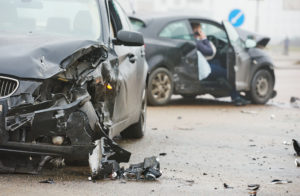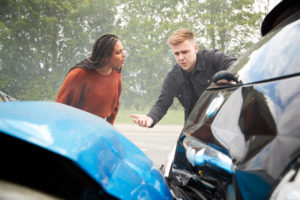What To Expect From a Liability Investigation
Insurance companies are charged with determining fault in any accident where a claim is submitted. Because the insurance company is contractually obligated to cover claims based upon who is at fault in a legal sense, those companies follow the basic formula that a court would follow in determining who is at fault, and whether the person at fault was negligent or reckless.
Of course there are certain situations where fault can be clearly determined without much of an investigation. For example, cases where one car rear-ends another, as well as cases where a vehicle is making a left turn off of a main road tend to be fairly cut and dry with respect to fault determinations. Other cases, however, require a more in-depth liability investigation for a fault determination to be reached.
What is a liability investigation?
Insurance companies will consider four major factors in determining fault: duty, breach of duty, causation, and damages. Duties concern certain responsibilities that drivers have on the road, for example, the requirement that a driver stop at a stop sign. Thus, if a driver runs a stop sign without stopping, the driver had a clear duty but breached that duty by way of his actions.
An insurance company will next consider whether the breach of duty in question actually caused the injury at issue in the claim. For example, if the driver ran a stop sign but proceeded to drive responsibly for another 10 minutes before the accident occurred, there would be no way to claim a causal relationship between the breach—running the stop sign—and the harm that resulted 10 minutes later. On the other hand, if the driver ran the stop sign and another driver with the right of way immediately collided with the first driver, the causation requirement will be satisfied.
For a Free Legal Consultation
Call The Personal Injury Lawyer Hotline.
804-250-5050
Finally, damages must be shown, and the fault determination will include an inquiry into whether all the damages sustained were caused by the same breach of duty. In other words, if a driver runs a stop sign and a second driver with the right of way gets hurt in a collision, the harm to the second driver may not be entirely the fault of the first driver if the second driver was not wearing a seatbelt.
Let the Heavy Hitters® Take On Your Case 804-250-5050
Insurance companies will take this into account by considering the type of contributory liability in a particular jurisdiction, and whether the accident occurred in a comparative fault jurisdiction. Virginia follows the “old rule” of contributory negligence, which means that a plaintiff that contributes to his own harm to any degree at all is prevented from collecting from the other driver. In other words, in the above mentioned example, the driver not wearing his seat belt would be ineligible to recover against the driver that ran the stop sign. While Virginia is in the minority among states in terms of its adherence to strict contributory negligence rules, insurance companies will take this aspect of Virginia law into account when determining fault.
Central Virginia's Top Rated Personal
Injury Lawyers 804-250-5050
For additional guidance on this and other areas of Virginia’s personal injury law, speak with a Richmond personal injury lawyer who understands insurance companies and is ready to fight for your interests. For a consultation, call us at (804) 554-4444.
The Pendleton Law Team Is Here For You 804-250-5050



